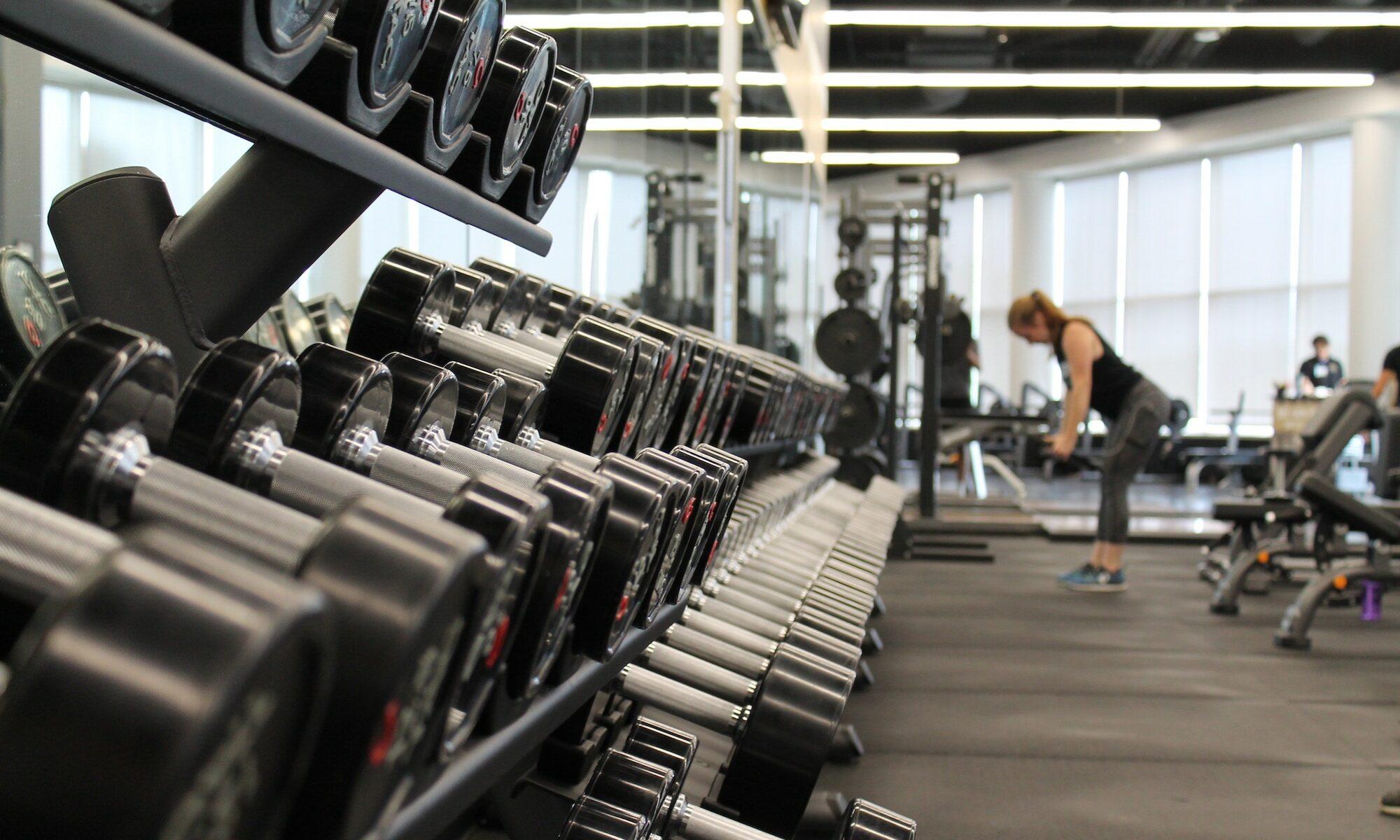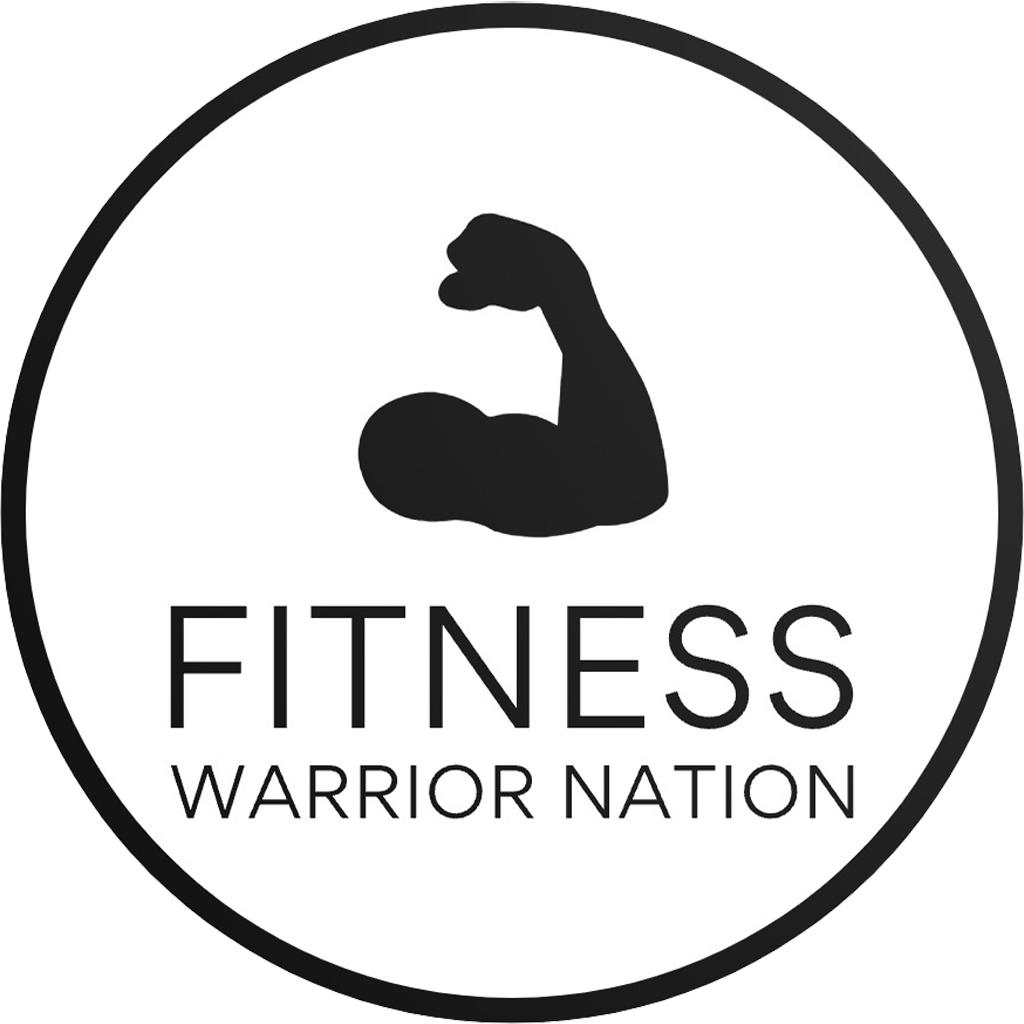Kickstart Your Fitness Journey: Essential Workout Tips for Beginners in 2025
Starting a fitness routine is more than just lifting weights or hitting the treadmill; it’s a comprehensive journey toward a healthier, more energized version of yourself. With the booming popularity of boutique gyms, tech-enhanced workouts, and a renewed focus on holistic health, 2025 offers a perfect landscape for beginners to step in confidently. Whether you aim to shed pounds, build muscle, or simply improve your overall wellness, understanding key principles and adopting the right mindset can transform your effort into lasting results. From choosing the right gear to fueling your progress with nutrition, each step is vital — and making informed decisions now can set the tone for lifelong health.
Designing Your First Workout Plan: Foundations for Lasting Success
Creating a solid workout plan begins with understanding your personal goals and current fitness level. Beginners often face the challenge of overwhelmed by conflicting advice or unsure where to start. Setting clear, achievable objectives helps maintain motivation and prevents burnout. For example, aiming to exercise consistently three times per week for 30-minute sessions is better than sporadic lengthy workouts that lead to fatigue.
Important aspects include selecting appropriate exercises and understanding workout structure. Focus on foundational movements that improve mobility, strength, and endurance. These should include a mix of cardiovascular workouts like brisk walking, running, or cycling, combined with strength training such as bodyweight squats, push-ups, and core exercises. Adopting versatile gear from brands like Puma or Reebok ensures comfort and durability, encouraging consistency.
Key Elements of a Beginner Routine
| Workout Type | Frequency | Duration | Sample Exercises |
|---|---|---|---|
| Cardio | 3-4 times/week | 20-30 minutes | Walking, cycling, swimming |
| Strength | 2-3 times/week | 30-45 minutes | Bodyweight squats, lunges, modified push-ups |
| Flexibility & Recovery | Daily | 10-15 minutes | Dynamic stretching, yoga |
Tracking progress with tools like Fitbit or MyFitnessPal helps stay accountable. Starting with manageable routines prevents injury while building confidence and establishing habits. Remember, consistency beats intensity for beginners, paving the way for sustainable growth.
Nutrition & Recovery: The Backbone of Effective Training
Exercise alone cannot deliver results — nutrition and rest are equally vital. Adequate fueling involves consuming a balanced diet rich in lean proteins, complex carbs, healthy fats, and vitamins. Brands like Bodyboss or Nike offer apparel and accessories that motivate you to dress the part and boost morale during workouts. Incorporating tracking apps such as MapMyFitness or Apple Health ensures you monitor intake and activity levels.
Post-workout nutrition has gained attention as a crucial window for recovery. Studies in 2025 confirm the importance of consuming protein within an hour after training, supporting muscle repair and reducing soreness. A simple combination of a protein shake and a small portion of carbs, like fruit or rice, maximizes recovery efforts.
Rest and sleep significantly influence progress. Quality sleep fosters hormone balance, muscle growth, and mental focus. An active recovery day incorporating light movement or stretching prevents overtraining and keeps motivation high. Prioritizing sleep hygiene by limiting screen time and establishing routines can lead to improved results over time.
Sample Weekly Nutrition & Rest Schedule
| Day | Workout | Nutrition Focus | Sleep & Recovery |
|---|---|---|---|
| Monday | Cardio & Bodyweight Exercises | Lean proteins, vegetables | 7-8 hours sleep, light stretching |
| Tuesday | Rest or Active Recovery | Whole grains, healthy fats | Relaxation techniques, adequate sleep |
| Wednesday | Strength Training with Dumbbells/Reebok gear | Protein-rich meal post-workout | Sleep app reminders, 8 hours |
| Thursday | Cardio (e.g., cycling, running) | Fruits, nuts, and seeds | Stretching, hydration focus |
| Friday | Mixed workout (push-ups, lunges) | Plant-based proteins, vegetables | Relaxation, early bedtime |
Motivation and Staying Committed on Your Fitness Path
Maintaining motivation is often the biggest hurdle for beginners. The surge of excitement at the start can be dampened by plateaus or busy schedules. Building mental resilience and establishing a routine are essential to overcoming these barriers. Using social media platforms like Instagram or TikTok, with accounts dedicated to fitness inspiration, keeps motivation high.
Creating a community surrounding your journey — whether through local classes or online groups — fosters accountability. Brands like Gymshark and Under Armour actively promote the collective spirit of fitness, reminding you that you are part of a movement towards a better self.
Setting small milestones and celebrating your progress prevents discouragement. For example, achieving a personal best in a workout or sticking to a routine for a month provides a sense of achievement. Visualization techniques and motivational playlists keep your mindset positive during tough days.
Practical Tips to Sustain Your Drive
- Find an exercise buddy to increase accountability
- Track achievements and set new goals regularly
- Reward yourself with new gear from Nike or Adidas
- Imagine your future self achieving your goals
- Consume motivational content from trusted fitness influencers
Overcoming Common Challenges: Adaptability and Resilience
Everybody encounters obstacles when starting a fitness routine. From injuries to time constraints, these hurdles can derail even the most determined. Recognizing these challenges early and implementing effective strategies helps sustain momentum. For instance, if joint pain occurs, shifting to low-impact activities like swimming or yoga may be necessary.
Flexibility in your workout plan, such as swapping exercises or adjusting intensity levels, ensures consistency. For example, if a busy week prevents gym visits, home workouts using bodyweight routines or resistance bands from brands like Puma are excellent alternatives.
It’s also vital to listen to your body and avoid pushing through pain. Consulting professionals or physical therapists can provide tailored solutions that keep progress steady without risking injury. Remember, resilience is built through adaptation, not rigidity.
Sample Strategies for Common Barriers
- Time management: Schedule workouts early morning or during lunch breaks
- Motivation dips: Revisit goals or find new workout playlists
- Reader fatigue: Incorporate variety or new equipment like gym straps or weights from Reebok or Bodyboss
- Injuries: Seek professional advice and modify routines accordingly
- Lack of progress: Review diet, increase intensity gradually, or consult a trainer
FAQs for Fitness Beginners in 2025
- How long does it typically take to see noticeable results?
- Most beginners notice improvements within 4 to 8 weeks, especially when combining consistent workouts with proper nutrition and rest. Patience and persistence are key, as each body responds uniquely.
- What are the essential pieces of equipment I should invest in?
- Starting with basic gear like a good pair of workout shoes, resistance bands, and dumbbells can be highly effective. Brands like Nike, Reebok, and Puma offer reliable, stylish options suitable for beginners.
- Can I exercise effectively at home without equipment?
- Absolutely. Bodyweight exercises such as push-ups, planks, lunges, and burpees are highly effective and require no equipment. For added resistance, consider investing in simple tools from brands like Bodyboss or using household items.
- Should I prioritize cardio or strength training first?
- For beginners, a balanced approach works best. Alternating between cardio and strength training prevents fatigue and ensures comprehensive fitness development. Integrating both into weekly plans maximizes results.
- What role does psychology play in sticking to a routine?
- Mindset is crucial. Cultivating a positive attitude, setting achievable goals, and celebrating milestones motivate ongoing effort. Surrounding yourself with supportive communities and inspirational content enhances commitment.


